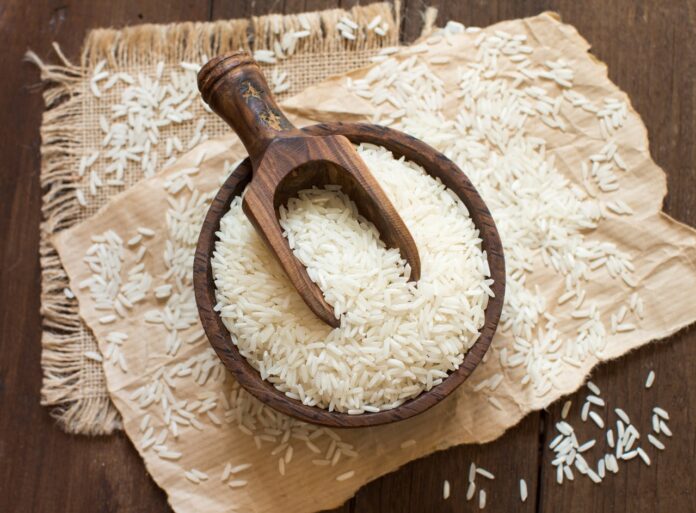ISLAMABAD: The Ministry of Commerce has announced the immediate removal of the Minimum Export Price (MEP) on rice, which was introduced in 2023. The decision follows a formal request from the Rice Exporters Association of Pakistan (REAP) and has been implemented under the leadership of Minister Jam Kamal.
The decision follows India’s removal of the minimum export price on its Basmati rice earlier this month.
The Indian Connection
India and Pakistan are the only major producers of the famous aromatic Basmati rice. India by far has the bigger market share all around the globe.
Last year, due to various reasons of India’s domestic rice market, it imposed a floor price of $1200 per metric ton. The price was later changed to $950 a ton upon pressure from the Indian rice exporters.
However as the global market price for Basmati varieties converged to a lower point, India saw it suitable to remove the MEP altogether. On the 14th of September, India removed the MEP allowing the exporters to sell for as low as $700 per ton.
In the fiscal year 2024 when India had imposed an MEP worth $1200, Pakistan exported rice worth approximately $3.9 billion, a substantial increase from $2.15 billion in FY23, largely due to India’s export limitations. With India removing the price floor and export caps, Pakistan—India’s main competitor in the global basmati market—faces potential setbacks.
Upon the removal of MEP by India, industry experts warned that Pakistan, the world’s second-largest basmati rice exporter, could struggle to maintain its competitive edge.
During the last year Pakistan’s own MEP for rice was $1300 per metric ton. Despite repeated requests from the Rice Exporter Association of Pakistan (REAP) of bringing it down to $900, the government did not budge.
In the 2022-23 period, India exported rice worth over $11 billion, with basmati contributing $4.8 billion. Meanwhile, Pakistan’s rice exports totaled $2.15 billion. In 2023-24, India’s own basmati exports surged to $5.9 billion, despite the MEP.
With India’s export restrictions lifted, Pakistani non-basmati rice exports could also face challenges, particularly in Africa and Southeast Asian markets where both countries fight for market share.
Even when India’s MEP was brought to $950, India’s basmati rice exports during April to July jumped 20% from a year ago to 1.9 million metric tons.
The country exported a record 5.2 million tons of rice last fiscal year as Canada, Iraq, Oman, Saudi Arabia, and the United Kingdom raised purchases, offsetting the impact of lower buying by Iran.
It is also noteworthy that India’s basmati rice production is also expected to rise by 10-12% this year because of a favorable monsoon, which could further help New Delhi in increasing exports, according to a report by Rueters.
Is it too late?
The MEP imposed by Pakistan was initially in response to rising global rice prices and India’s temporary ban on rice exports. With a recent decline in international rice prices and the lifting of India’s export ban, the MEP had become a hindrance for Pakistani exporters competing in global markets. Despite repeated warnings, the floor price was not lifted causing some loss in market share for the Pakistani exporters.
However, as per TDAP, officials now believe that the removal of the MEP will enable Pakistani rice exporters to participate more effectively in international tenders, improving their chances of securing large contracts. Industry experts forecast that this move could help push rice export revenues up to $5 billion during the current financial year.
REAP has showcased its relief and welcomed the decision, highlighting the Ministry’s role in revitalising the rice export sector. However it is yet to be seen whether this step will strengthen Pakistan’s position in the global rice trade and enhance the country’s competitiveness on the world stage, especially since the Pakistani exporter bears the additional burden of expensive utilities and high taxation.




